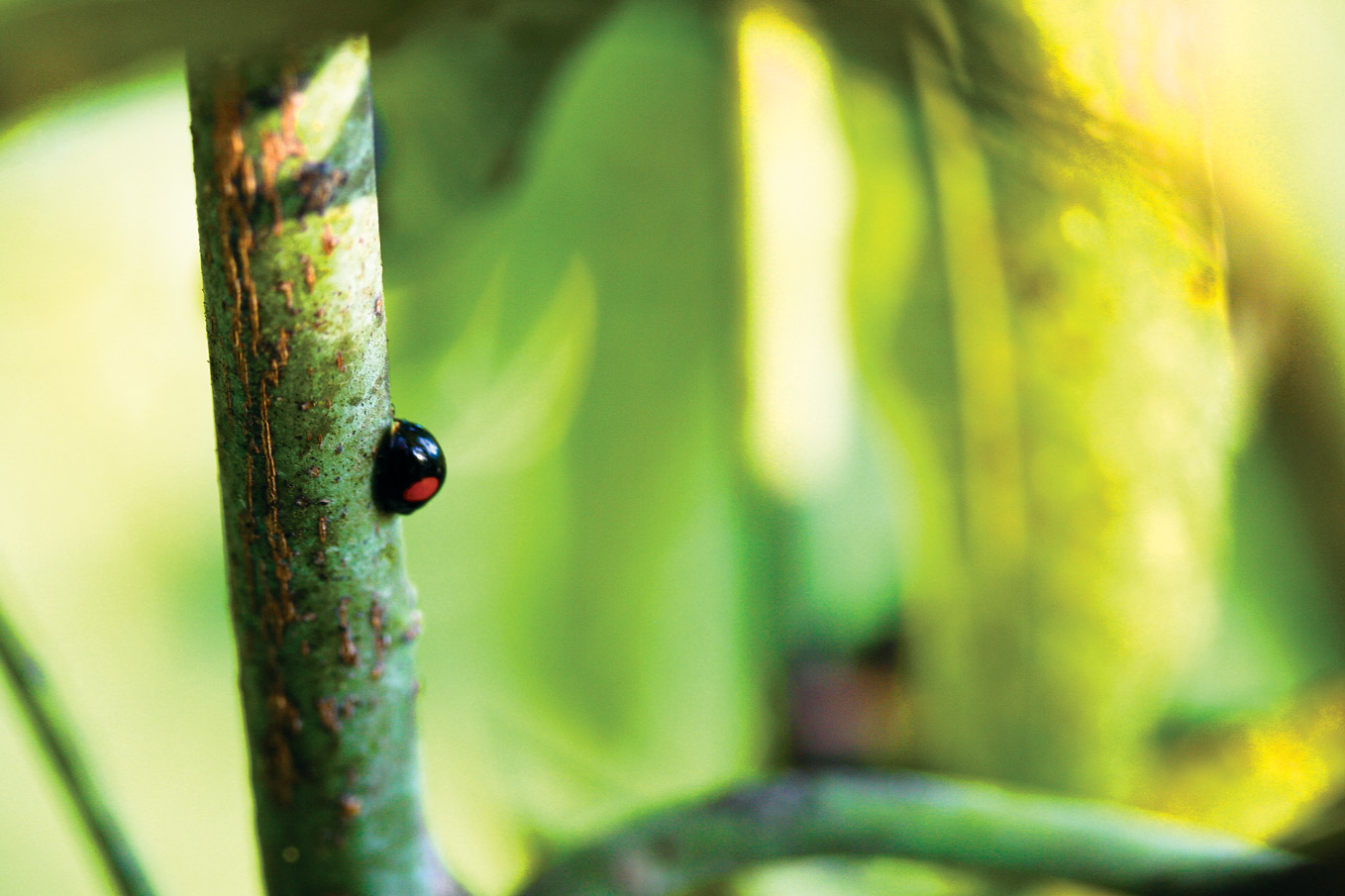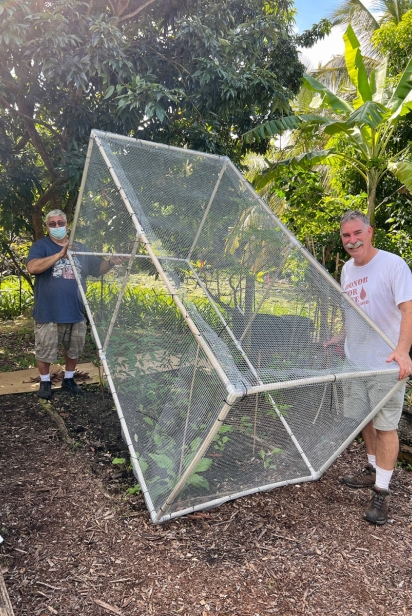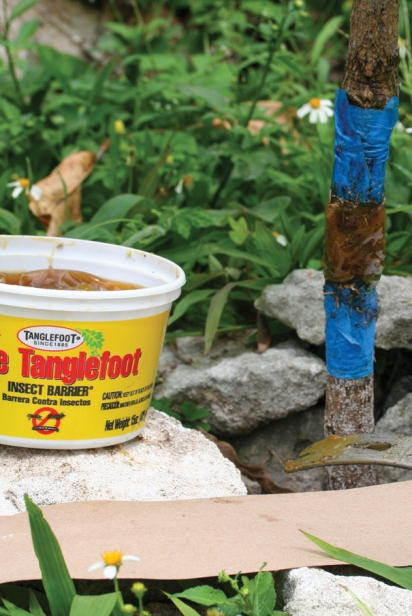Maintain a Healthy Diversity of Life in Your Edible Garden
We, the edible community, should be proactive on the core issues of edible gardening that lead to an ecologically sustainable and healthy lifestyle. Modern dogma, as dictated by much of corporate America, takes as a threat and detriment anything diverse and contrary to the corporate model of food production. This approach is built on ecological ignorance and misinformation.
This ignorance has spawned a general fear of the natural world. Insects are all labeled as bugs and pests that need to be eradicated. There’s no attempt to understand the role of these bugs in our world. Corporations give lip service to the plight of the honeybee while they actively poison this same creature’s environment. If it flies, crawls or walks on more than two legs, it must be killed, preferably using some toxic pesticide with unknown ecological side effects that profit the chem-agro machine.
Step back for a little perspective. We humans are part of a global ecosystem that includes animals, plants, insects, fungi and bacteria. As a society, we spend massive resources to remove ourselves from the natural order of things, and to kill anything that dares interject itself into our world. We build barriers to this natural diversity and artificially maintain our environment. We close the doors and windows, turn on the air conditioner, poison our homes and their perimeters with deadly toxins, and never go outside. Then we vilify that world and paint it as pestilent and in need of annihilation.
Embrace the critters
Let’s draw a line in the dirt. The edible garden should be alive with all sorts of flying and crawling insects and creatures. Most are not harmful to our endeavors. They go about their lives doing what they do. Pollination, predation, seeking cover and generally doing no more than providing a healthy ecosystem is their place in this world. These creatures are as allies, not adversaries. Before deciding to kill any insects, or frogs, mice, lizards or snakes, the gardener should identify each creature and ask what its role is in the ecosystem of the edible garden, then make an educated decision about its impact. More often than not, the educated edible gardener will not resort to drastic measures.
In my edible landscape, the decision to control an unwanted creature is never taken lightly. First, we will consider avoidance. Using fences, barriers, catch crops, rotations, crop/variety choice and tillage, the edible gardener can often coexist with the ecosystem and maintain a healthy diversity and level of productivity. If you have a troubling population of insects, for example – cutworms, tomato hornworms, June beetles or katydids – just pick them out of your plants. Physical removal can provide nutritious treats for your reptile pets, chickens and fish. If this method is not practical, then – and only then – turn to some form of chemical control.
Avoid Non-Selective Insecticides
Do not go straight to the merchants of death in the neighborhood garden center. First, consider bio-rational options, typically derived from natural or biological origins. Available online, these bio-rational products are both effective and bio-friendly. They are pricey, but saving the environment is not cheap.
When you use non-selective pesticides in the edible garden, there will always be undesirable consequences. Non-selective insecticides will kill both friend and foe, altering the balance of your garden, your orchard or your home garden. The removal of one insect population will result in the ascendance of another. The highest level of rational gardening is maintaining a healthy diversity and balance. Give a hand to the helpful insect predators, like the ladybird beetle and the lacewing. Use ant barriers on the trunks of trees to take away the detrimental activities of many of our exotic ant species. This simple, elegant method is organic, selective and will limit the ant’s ability to prey on the predator eggs, carry scales and diseases throughout your trees. It will not harm anything else. Remember that for every action in the edible garden there will be a reaction, and you cannot predict what it will be.
The edible garden should be alive with the noises of flying creatures great and small, the rustling of foliage, the singing of birds, frogs and insects. These are the sounds that lead to peace of mind. Foster the diversity and the natural choir of the edible, sustainable landscape.
Learn to live and let live, to celebrate the diversity of life in the edible garden, to control only that which takes away from your goal to produce a sustainable, healthy product. As a last resort, be selective in your controls and remember that the cure may be more costly than the problem. Be wary if there is too much pleasure in the killing.









